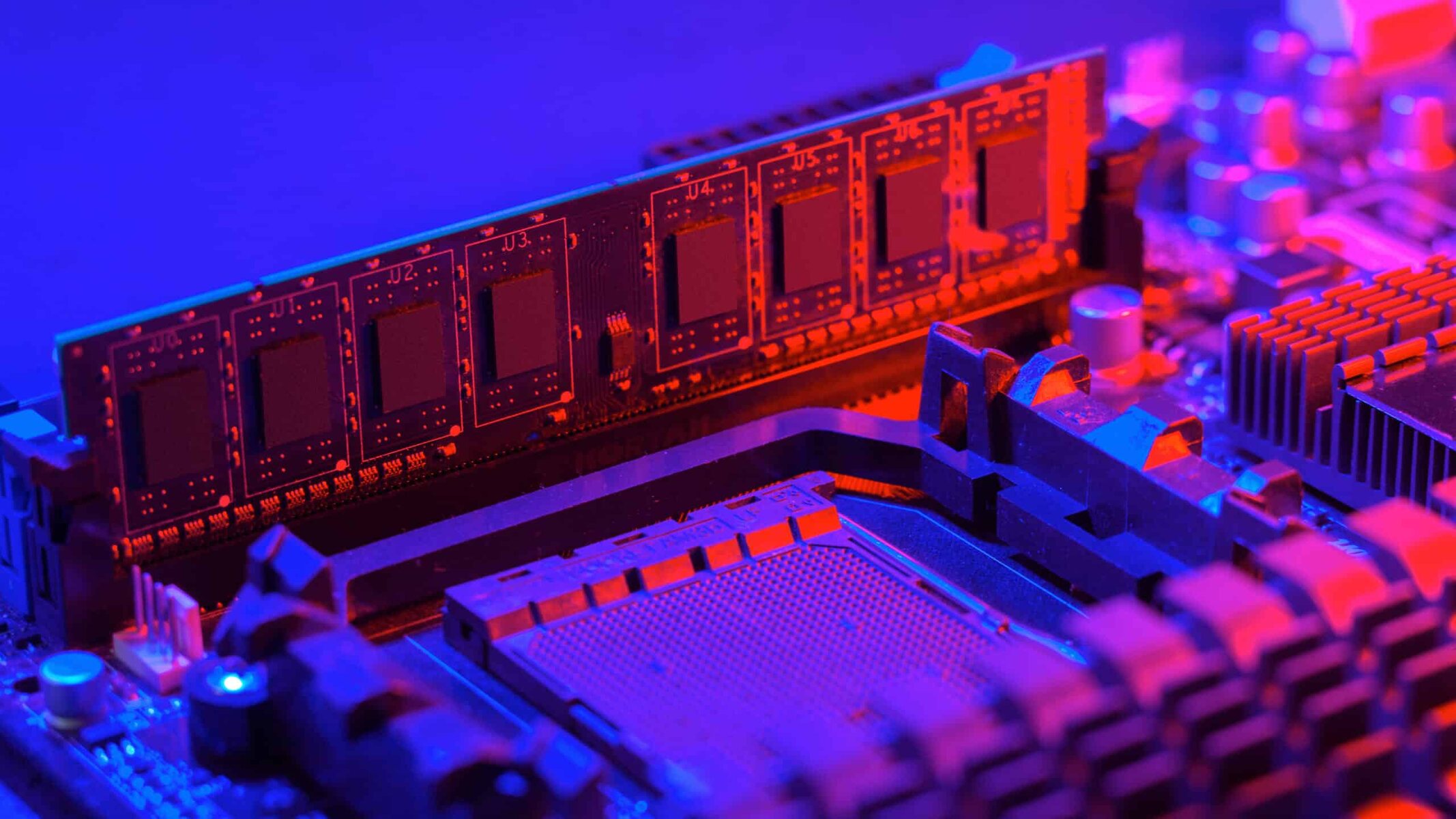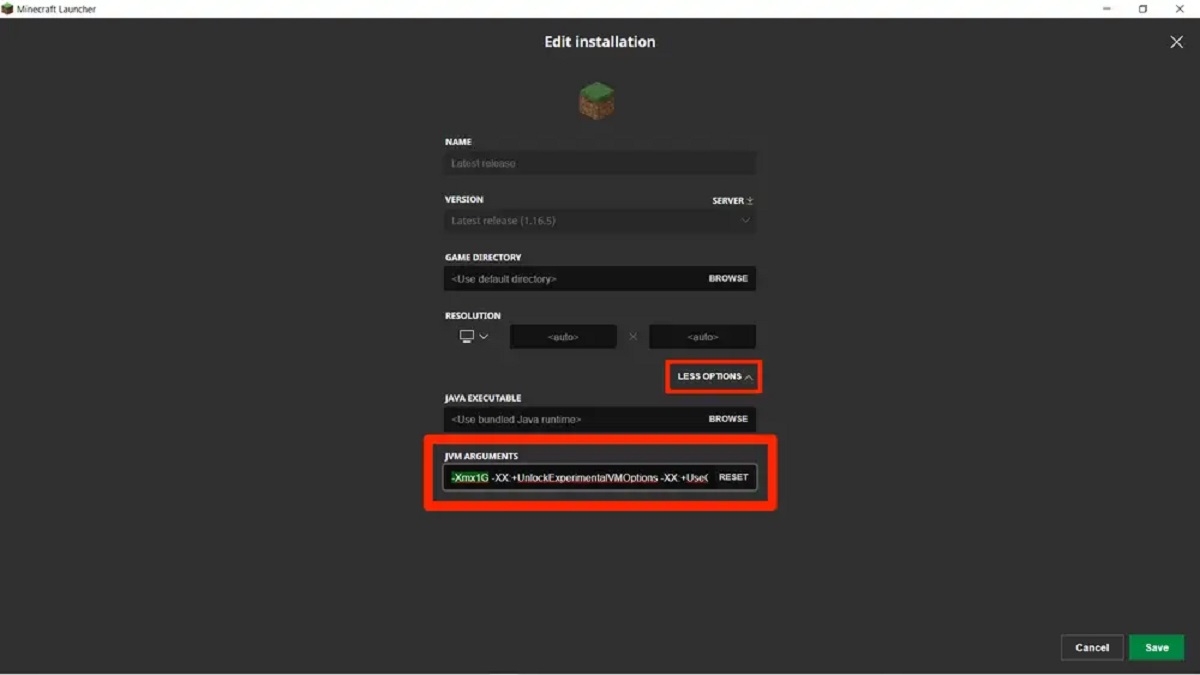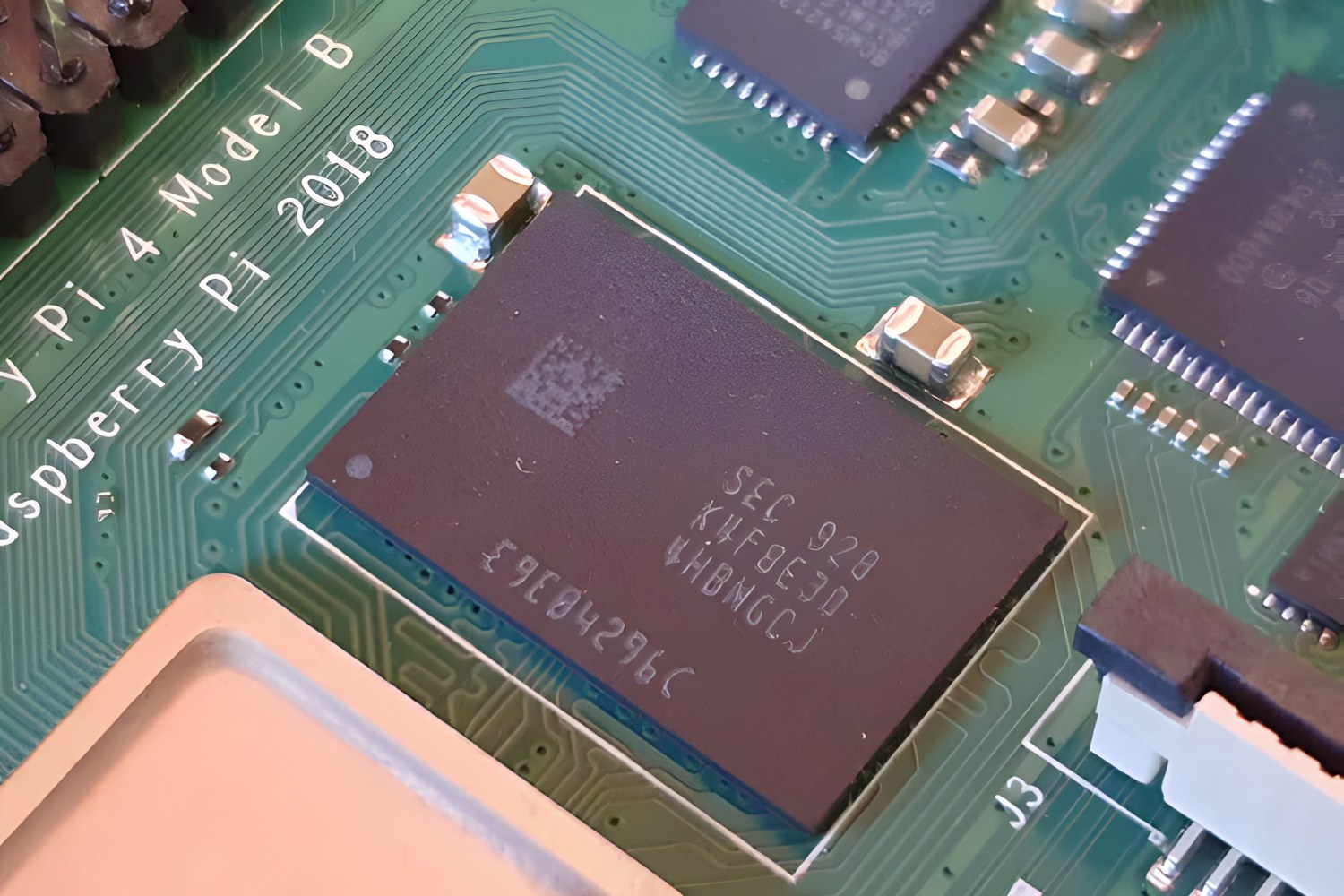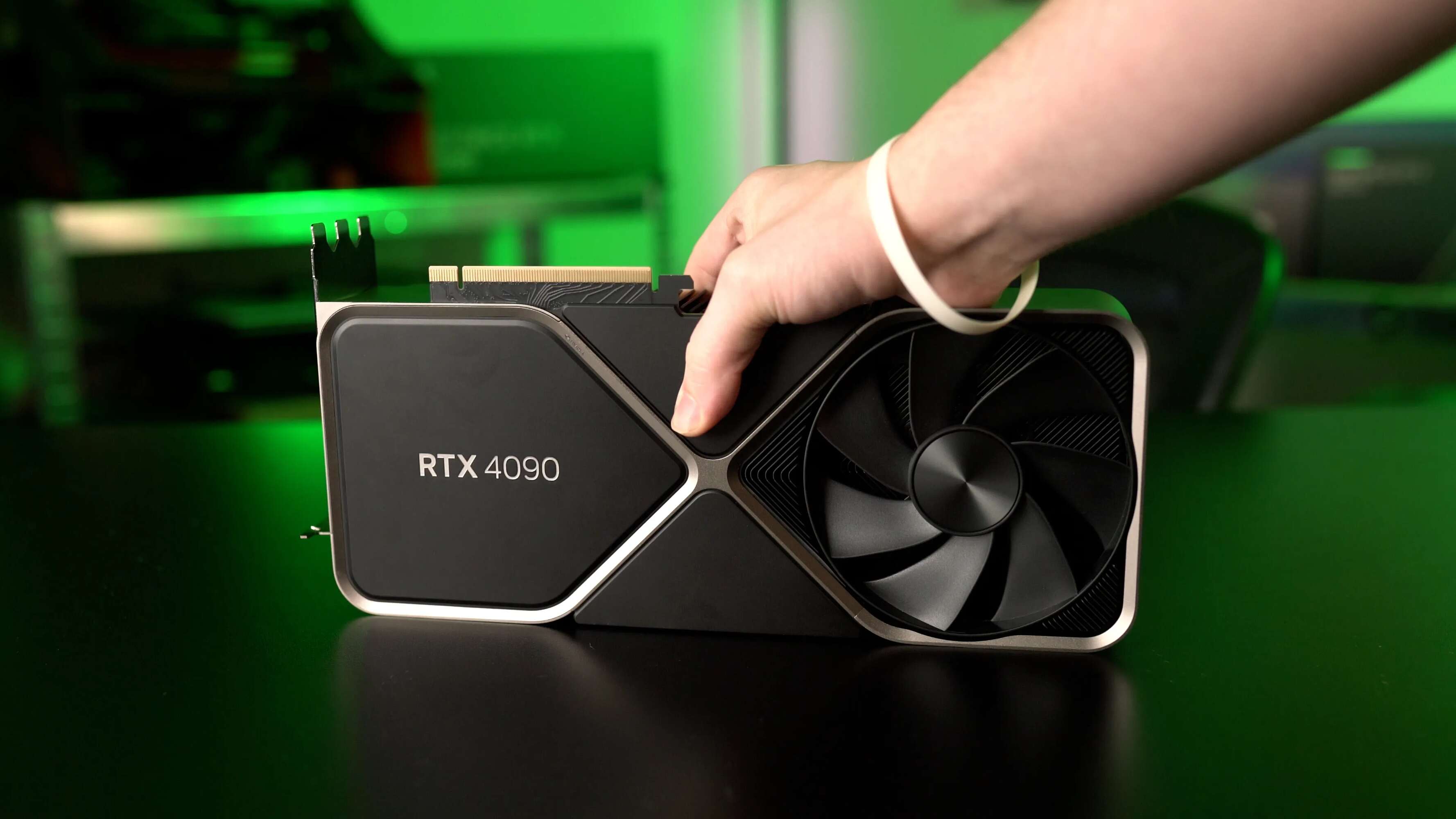Introduction
Welcome to this guide on how to see how much RAM you have on Windows 8. Understanding the amount of Random Access Memory (RAM) your computer has is crucial for troubleshooting performance issues, running resource-intensive programs, or upgrading your system. RAM is responsible for temporarily storing data that your computer needs to access quickly. By checking your RAM, you can determine if your system meets the requirements for certain software or if a lack of memory is affecting its performance.
Windows 8 provides several methods to check the amount of RAM installed on your computer. In this article, we will explore four different methods to help you find out your system’s RAM capacity. Whether you are a casual user wanting to verify your computer’s specifications or a power user troubleshooting performance issues, these methods will provide you with the necessary information.
Please note that the methods described in this guide are specific to Windows 8. If you are using a different operating system, the steps may vary.
Checking RAM in Windows 8
If you are using Windows 8 and want to check how much RAM your computer has, there are several simple methods you can use. In this section, we will walk you through four different methods to find out your system’s RAM capacity.
1. Using Task Manager: The Task Manager is a built-in utility in Windows that provides detailed information about your computer’s performance and resource usage. To access it, you can simply right-click on the taskbar and select “Task Manager” or use the keyboard shortcut Ctrl + Shift + Esc. In the Task Manager window, go to the “Performance” tab and you will see the total amount of RAM displayed under the “Physical Memory” section.
2. Using System Information: Another way to check your computer’s RAM is by using the System Information tool. To access this tool, press the Windows key + R to open the Run dialog box, then type “msinfo32” and hit Enter. In the System Information window, navigate to the “System Summary” section, and you will find the total physical memory displayed next to “Installed Physical Memory (RAM)”.
3. Using Command Prompt: If you prefer using the command line, you can use the Command Prompt to check your computer’s RAM. Open the Command Prompt by pressing the Windows key + R, then type “cmd” and hit Enter. In the Command Prompt window, type the command “wmic MemoryChip get Capacity” (without quotes) and press Enter. The Command Prompt will display the capacity of each RAM module installed on your computer.
4. Using PowerShell: PowerShell is a powerful command-line tool that can also be used to retrieve information about your computer’s hardware. To open PowerShell, press the Windows key + X and select “Windows PowerShell” from the menu. In the PowerShell window, type the command “Get-WmiObject Win32_PhysicalMemory | Measure-Object -Property Capacity -Sum” (without quotes) and press Enter. PowerShell will provide you with the total amount of memory installed on your computer.
Now that you are familiar with these different methods, you can choose the one that suits your preference to check the amount of RAM installed on your Windows 8 computer. Knowing your system’s RAM capacity will help you make informed decisions when it comes to resource-intensive tasks and system upgrades.
Method 1: Using Task Manager
The Task Manager is a built-in utility in Windows 8 that provides real-time information about the performance and resource usage of your computer. It also allows you to check the amount of RAM installed on your system.
To access Task Manager, you can right-click on the taskbar and select “Task Manager” or use the keyboard shortcut Ctrl + Shift + Esc. Once the Task Manager window opens, go to the “Performance” tab.
Under the “Performance” tab, you will see various graphs and metrics related to your computer’s performance. Look for the section labeled “Physical Memory” to find information about your RAM.
In the “Physical Memory” section, you will find the total amount of RAM displayed. This value represents the combined capacity of all the RAM modules installed on your computer. The measurement is typically represented in gigabytes (GB).
Keep in mind that the amount of RAM displayed in Task Manager may not match the physical RAM you have installed exactly. This is because some of the RAM may be reserved for hardware components or used by the operating system and other background processes.
Task Manager also provides additional information about your computer’s memory usage, such as the amount of RAM currently in use, available RAM, and the speed of your memory modules. This information can be useful for troubleshooting performance issues or determining if your system is running low on memory.
Using Task Manager to check your system’s RAM is simple and convenient. It provides a quick way to get an overview of your computer’s memory capacity, as well as real-time information about its usage. Whether you are a casual user or a power user, Task Manager is a useful tool for monitoring and managing system resources.
Method 2: Using System Information
The System Information tool in Windows 8 provides detailed information about your computer’s hardware and software configuration, including the amount of RAM installed. Here’s how you can use it to check your system’s RAM capacity:
- Press the Windows key + R to open the Run dialog box.
- Type “msinfo32” (without quotes) and press Enter. The System Information window will open.
- In the System Information window, you will see various categories on the left-hand side. Click on the “System Summary” category to expand it.
- Scroll down in the right-hand pane until you find the “Installed Physical Memory (RAM)” section. The total amount of RAM installed on your computer will be displayed next to it.
The System Information tool provides not only the total amount of RAM, but also other details about your memory configuration, such as the type and speed of your memory modules. This information can be useful if you are looking to upgrade your RAM or troubleshoot compatibility issues.
Furthermore, the System Information tool provides information about other hardware components, software environment, and network settings. It is a comprehensive utility that can help you gather valuable information about your system, beyond just checking your RAM capacity.
By using the System Information tool, you can easily find out how much RAM is installed on your Windows 8 computer. Make sure to explore other useful information provided by this tool to gain a better understanding of your system’s configuration.
Method 3: Using Command Prompt
If you prefer using the command line interface, you can check your system’s RAM capacity using the Command Prompt in Windows 8. Here’s how:
- Press the Windows key + R to open the Run dialog box.
- Type “cmd” (without quotes) and press Enter. The Command Prompt window will open.
- In the Command Prompt window, type the following command and press Enter:
wmic MemoryChip get Capacity - A list will be displayed, showing the capacity of each RAM module installed on your computer. The values will be shown in bytes.
This method provides a comprehensive view of your system’s RAM by displaying the capacity of each individual RAM module. If you have multiple RAM modules installed, the list will show the capacity for each one.
However, keep in mind that the values displayed will be in bytes, which may not be as user-friendly as gigabytes (GB) or megabytes (MB). To convert the values to a more readable format, you can divide the number by 1,073,741,824 to convert it to gigabytes (GB). For example, if the command displays “4294967296”, dividing it by 1,073,741,824 will give you the equivalent of 4 GB of RAM.
Using the Command Prompt to check your system’s RAM provides a direct and precise way to get information about each RAM module installed. It is especially useful if you want detailed specifications or need to troubleshoot issues related to individual RAM modules.
Now that you know how to check your system’s RAM using the Command Prompt, you can easily gather the necessary information about your computer’s memory configuration.
Method 4: Using PowerShell
PowerShell is a powerful command-line tool in Windows 8 that allows you to perform various administrative tasks and retrieve detailed information about your system. You can also use it to check your computer’s RAM capacity. Here’s how:
- Press the Windows key + X to open the Power User menu.
- Select “Windows PowerShell” to open the PowerShell window.
- In the PowerShell window, type the following command and press Enter:
Get-WmiObject Win32_PhysicalMemory | Measure-Object -Property Capacity -Sum - PowerShell will display the total amount of memory installed on your computer. The value will be shown in bytes.
Similar to the Command Prompt method, PowerShell provides information about the RAM capacity of your computer. However, PowerShell offers a more streamlined and efficient way to retrieve this information, especially for users who are already familiar with PowerShell commands.
As with the Command Prompt method, the values displayed will be in bytes. To convert the values to a more understandable format, you can divide the number by 1,073,741,824 to convert it to gigabytes (GB).
PowerShell’s flexibility allows you to perform more advanced tasks related to system management and automation. Its extensive command capabilities make it a valuable tool for power users and administrators.
By using PowerShell to check your system’s RAM, you have access to granular information and can quickly retrieve the total memory installed on your computer.
Now that you are familiar with the PowerShell method, you can choose the method that suits your preference to check the amount of RAM installed on your Windows 8 computer.
Conclusion
Checking your computer’s RAM capacity is important for understanding its performance capabilities and ensuring you have enough memory for your tasks. In this guide, we explored four different methods to check the amount of RAM installed on a Windows 8 computer.
Using Task Manager, you can easily view the total amount of RAM along with real-time information about its usage. The System Information tool provides detailed information about your computer’s hardware, including the installed RAM. Command Prompt and PowerShell offer command-line interfaces for more advanced users, allowing them to retrieve the RAM capacity and other specific details.
By utilizing these different methods, you can choose the one that suits your preference and technical skill level. Whether you prefer a user-friendly graphical interface or the command-line simplicity, these methods will help you check your system’s RAM in Windows 8 successfully.
Understanding your computer’s RAM capacity is essential for upgrading your system, troubleshooting performance issues, or ensuring software compatibility. It allows you to make informed decisions when it comes to resource-intensive tasks or system upgrades.
Remember, the methods described in this guide are specific to Windows 8. If you are using a different operating system, the steps and tools may vary. Always refer to the specific documentation or troubleshooters for your operating system to ensure accurate and up-to-date information.
Now that you have mastered the art of checking RAM capacity in Windows 8, you can confidently explore various software applications and optimize your system’s performance for a smoother computing experience.

























